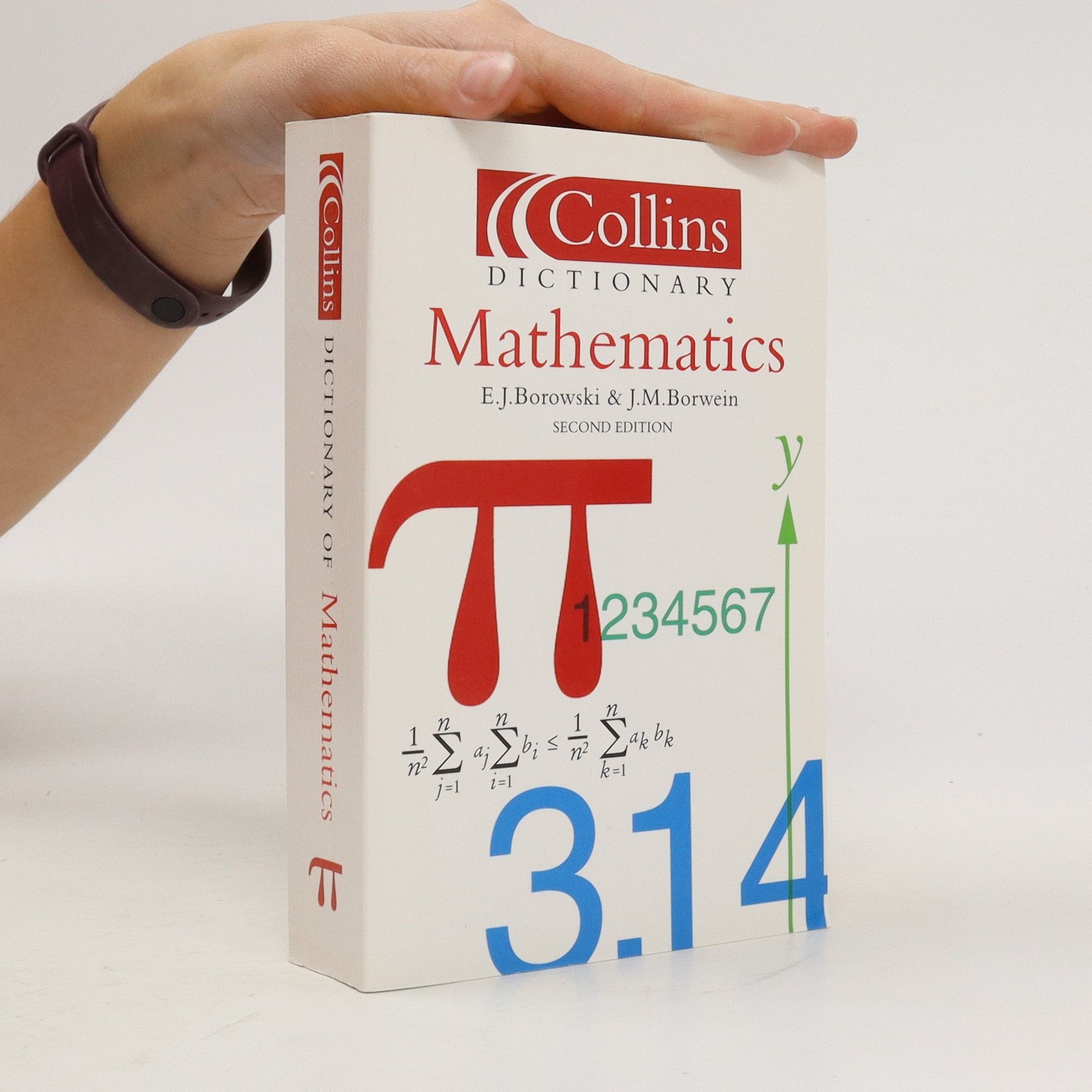Collins Dictionary of Mathematics
- 672pages
- 24 heures de lecture
A fully revised and expanded edition of the popular (over 50,000 copies sold) and authoritative Collins Dictionary of Mathematics, covering all mathematical fields from the mysteries of quantum theory to the practical use of probabibilty and statistics.
